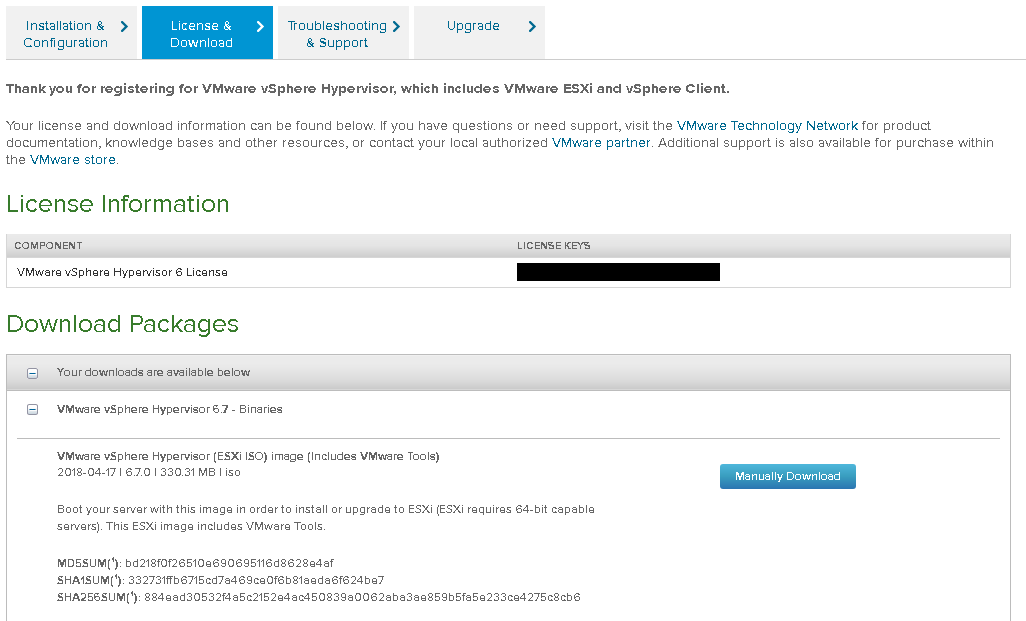

You cannot use monitoring tools within an individual guest VM to monitor any other GPUs in the platform. The scope of these tools is limited to the guest VM within which you use them. To view detailed information about the vGPU types that can currently be created, add the -v or -verbose option. To list the virtual GPU types that can currently be created on GPUs in the system, run nvidia-smi vgpu with the -c or -creatable option. To view detailed information about the supported vGPU types, add the -v or -verbose option. To limit the retrieved information to a subset of the GPUs on the platform, use the -i or -id option to select one or more vGPUs. To list the virtual GPU types that the GPUs in the system support, run nvidia-smi vgpu with the -s or -supported option. To monitor the FBC sessions for processes running on multiple vGPUs, run nvidia-smi vgpu with the -fs or -fbcsessions option. To monitor the encoder sessions for processes running on multiple vGPUs, run nvidia-smi vgpu with the -es or -encodersessions option. Each application is identified by its process ID and process name. To modify the reporting frequency, use the -l or -loop option.įor each application on each vGPU, the usage statistics in the following table are reported once every second. The table also shows the name of the column in the command output under which each statistic is reported. For each vGPU, the usage statistics in the following table are reported once every second.

To limit the information retrieved to a subset of the GPUs on the platform, use the -i or -id option to select one or more vGPUs. To get detailed information about all the vGPUs on the platform, run nvidia-smi vgpu with the -q or -query option. To get a summary of the vGPUs currently that are currently running on each physical GPU in the system, run nvidia-smi vgpu without additional arguments. Each vGPU instance is reported in the Compute processes section, together with its physical GPU index and the amount of frame-buffer memory assigned to it.


 0 kommentar(er)
0 kommentar(er)
